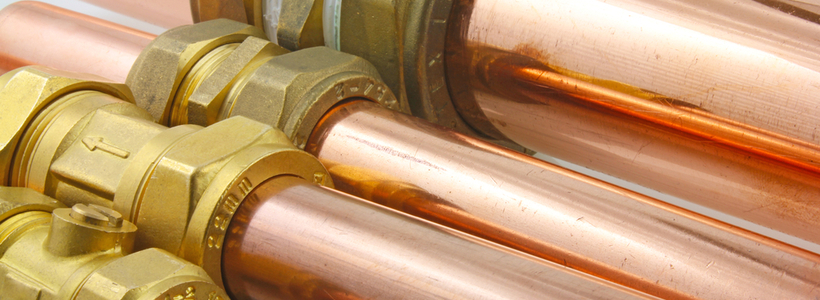The Radiator was not working due to the Stuck TRV ( Thermostatic radiator valve). Sometimes it is possible to Release the valve by pulling the pin up with a. Air Valve Makes a Gurgling Noise. An air valve making a gurgling noise can indicate a problem with the valve itself or with the radiator. In one-pipe steam systems, the same pipes are shared by both the steam supplying the radiators and the condensate, the cooled water returning from the radiator to the boiler via gravity.


If you turn down the valve at the other end, it will reduce flow through the radiator and noise will probably stop. The other valve might have a knob, but more likely a plastic cap retained by a small screw. You take the cap off, and use a very small spanner to wind the spindle down until fully closed, then open it. Reply to Thermostatic radiator valve TRV noise & vibration in the Central Heating Forum area at PlumbersForums.net. Plumbing questions, answers, tips and tricks. Plumbing questions, answers, tips and tricks.
If you are having problems heating the home, and have isolated the problem to one specific radiator valve, then you will most likely have a problem with the radiator valves. Also known as thermostatic radiator valves, or TRVs, these can usually be used to control the heating on the home, and to give you a say in the temperature of a particular room. However, these little control valves can have some issues which mean that your radiator doesn't come on at all. Common issues might include leaking and sticking.

Radiator valve is leaking
This is a problem that can easily be spotted when you are looking at the radiator. The ground around the valve will be wet, and when the head of the valve is removed, water can be seen pooled around the pin. The first step should be to turn off the water and the heating system. Starting at the top of the valve, try to spot where the valve is leaking. The most common issue causing leaking is a loose pin or securing nut. If this is not the issue, then you may need to call in a plumber.

If you turn down the valve at the other end, it will reduce flow through the radiator and noise will probably stop. The other valve might have a knob, but more likely a plastic cap retained by a small screw. You take the cap off, and use a very small spanner to wind the spindle down until fully closed, then open it. Reply to Thermostatic radiator valve TRV noise & vibration in the Central Heating Forum area at PlumbersForums.net. Plumbing questions, answers, tips and tricks. Plumbing questions, answers, tips and tricks.
If you are having problems heating the home, and have isolated the problem to one specific radiator valve, then you will most likely have a problem with the radiator valves. Also known as thermostatic radiator valves, or TRVs, these can usually be used to control the heating on the home, and to give you a say in the temperature of a particular room. However, these little control valves can have some issues which mean that your radiator doesn't come on at all. Common issues might include leaking and sticking.
Radiator valve is leaking
This is a problem that can easily be spotted when you are looking at the radiator. The ground around the valve will be wet, and when the head of the valve is removed, water can be seen pooled around the pin. The first step should be to turn off the water and the heating system. Starting at the top of the valve, try to spot where the valve is leaking. The most common issue causing leaking is a loose pin or securing nut. If this is not the issue, then you may need to call in a plumber.
Noisy Thermostatic Radiator Valves Problems Leaking
Radiator valve is stuck
Noisy Thermostatic Radiator Valves Problems 2005
TRVs are notorious for becoming stuck, so that even when you turn the head to indicate a lower heat, the radiator insists in pumping out the maximum, overheating the room. What has happened is the valve has locked into the open position (when the radiator is cool that is the closed position). You should start by turning the valve to the highest setting, and then taking off the head. You will see a piston, which should be moving but will most likely be still, or seized. Used WD40 to loosen the piston, and press it into place. If this doesn't work, then you will either need a replacement valve, or a plumber to assist you.
